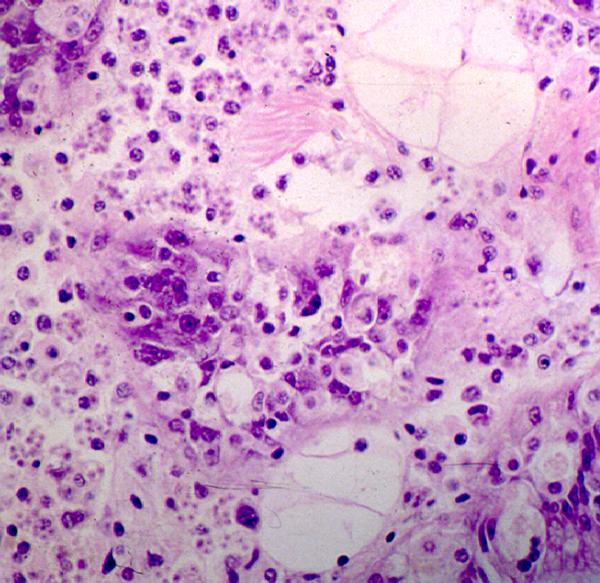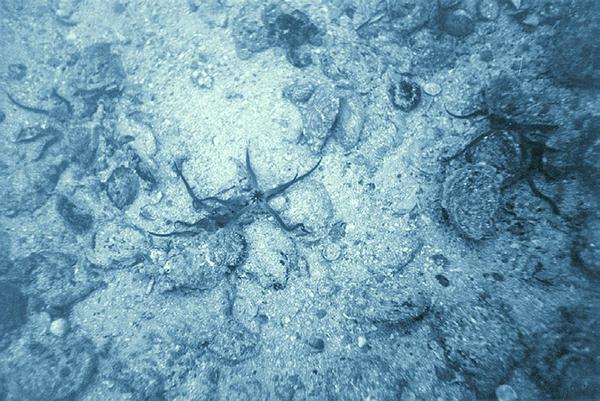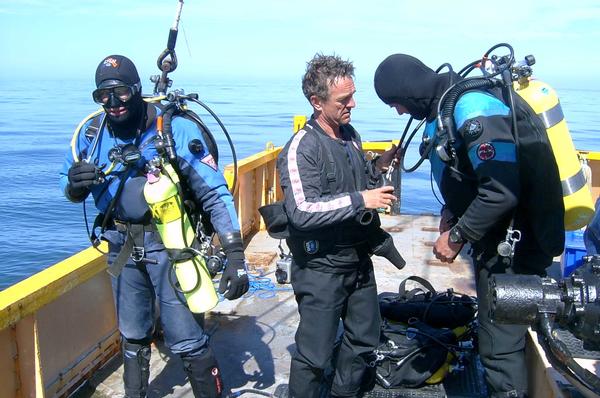It's good news about the oyster industry at the Bluff Oyster Festival next week
The oyster season runs until the end of August this year and so far the news is all good for oyster fishers and oyster lovers.
“The bonamia parasite, which has greatly reduced catches in the Bluff oyster fishery over the last twenty five years, was at a relatively low level last summer. At this low level of mortality, the oyster fishery is continuing to rebuild,” says NIWA scientist Keith Michael.
At the Bluff Oyster and Food Festival next week, on 21st May 2011, NIWA will have a stand with information about research undertaken on the fishery.
There will be real sense of celebration at this event, says Michael, not only because the fishery is doing well, but also because of the heightened collaboration between fishery participants and strategic research that has provided a better understanding of the fishery. There is very good participation and management from the bottom up, and from all the groups: recreational fishers, customary fishers, the Ministry of Fisheries, and the oyster skippers and industry representatives. They meet on a regular basis to assess how the fishery is doing and to exchange information.
NIWA and Bluff Oyster Management Company, with the Ministry of Fisheries, have developed a five-year strategic plan aiming to provide information to underpin fishery goals for all participants. These goals are set out in the Foveaux Strait Oyster Fisheries Plan, signed off by the Ministry of Fisheries in 2009. The highest research priority is to better understand the relationship between bonamia and oysters.
“We don’t just focus on what are safe harvest levels, we work across a broad range of key research projects to better understand the fishery as part of a larger ecological system,” says Michael.
The research plan also includes research to improve fishing equipment and fishing methods, and to better understand the interaction between oysters, disease, and fishing in different parts of the oyster fishery.
Because of the wealth of information available from research, oyster population models have been developed, that have been shown to reliably predict trends in the fishery three years ahead. The performance of these tools have provided confidence that the harvest levels set for the fishery have no affect on its ability to rebuild, and that mortality from bonamia ultimately determine its fate.
Bonamia has infected Bluff oysters since 1963, maybe much earlier. It is unlikely to disappear from the fishery and is expected to be a recurring problem. Learning to live with bonamia will require developing strategies to minimise losses from this disease. If the research can help to predict where and when the deaths will occur, vulnerable areas can be fished preferentially to those with low infection, allowing these areas to rebuild further before being fished.
NIWA works closely with a Skippers Group, made up of 11 fishers, who are involved in the research. This collaboration fosters a strong relationship, allowing research to be more easily focused on key issues and more readily applied by fishers, who have ownership of the information and the process by which it was derived.
“The skippers get together and have open and frank discussions about the state of the fishery and harvest levels and areas – this open sharing of information is rare in most other fisheries. It operates in a very positive and inclusive way, and we have been able to communicate information to all participants in the fishery,” says Michael.
Decisions are made based on information from research and the fishery. The Bluff Oyster Management Company invests heavily in research, every year, so they know the status of the fishery and have a better understanding of its interaction with fishing. Funding is also provided by the Ministry of Fisheries and the Foundation for Research Science and technology through Seafood Innovations Limited.



